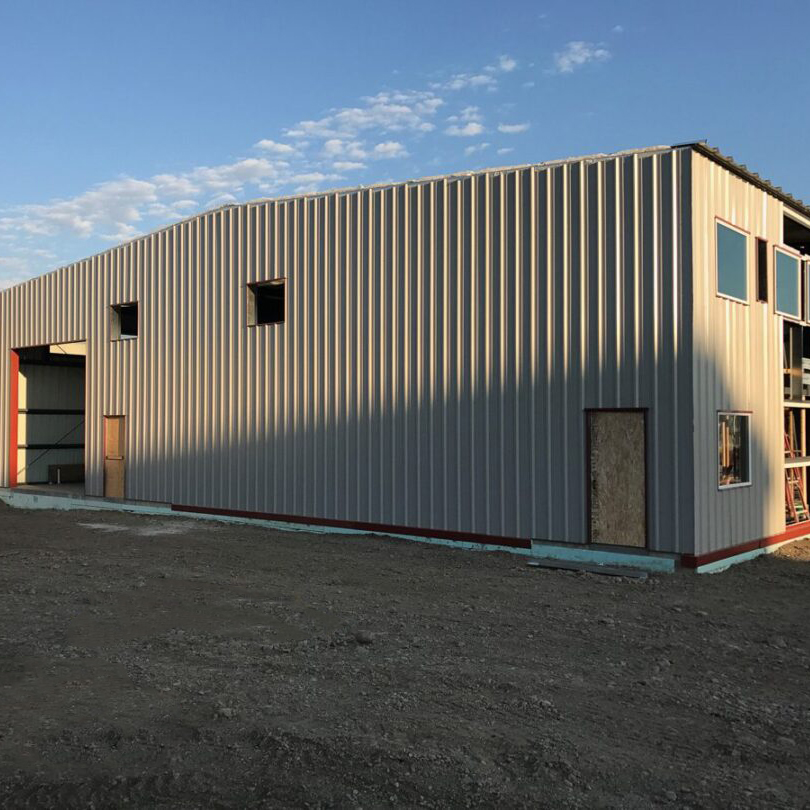Rising Steel structure

Commonly used materials for steel structures mainly include the following categories, and their characteristics and application scenarios are as follows:
1. Hot-rolled steel
Main types: Angle steel (equal/unequal), I-beam, channel steel, H-beam, T-beam, Z-beam, etc.
Common steel types:
Carbon structural steel (such as Q235-A), with moderate strength and good weldability, low cost, is widely used in civil engineering.
Low alloy steel (such as Q345, Q390), suitable for structures with large spans or dynamic loads.
Features: High degree of industrialization, stable cross-section, suitable for direct selection to simplify the manufacturing process.
2. Cold-bent thin-walled steel
Manufacturing process: Cold-bent or die-formed from 2–6mm steel plates, including open steel (such as angle steel, channel steel) and hollow steel (square, rectangular tube).
Advantages: Thin wall, good stiffness, saving steel, belonging to efficient and economical cross-section, mostly used in light steel structures.
Material: Carbon structural steel or low alloy high strength steel is usually used.
3. Steel Plate Classification:
By thickness: thin plate (<4mm), medium plate (4–20mm), thick plate (20–60mm), extra thick plate (>60mm).
By process: hot rolled steel plate (such as Q235) and cold rolled steel plate, the former is mostly used for building main body, the latter is used for precision parts.
Application: Alloy steel plates may be used for heavy structures, bridges, etc.
4. Steel Pipe Type:
Hot rolled seamless steel pipe: made of high quality carbon steel or low alloy steel, high strength, used for load-bearing structures.
Welded steel pipe: made of steel plate rolled and welded, with low cost.
Application: widely used in space trusses, pipeline supports, etc.
5. Other key materials Connection materials:
High-strength bolts (such as grade 8.8 and grade 10.9), divided into friction type and pressure-bearing type, require pre-tension to transmit external force. Welding rods: Select according to the performance of the parent material, such as low-hydrogen welding rods suitable for dynamic loads or low-temperature environments. Anti-corrosion treatment: galvanizing, coating or regular maintenance to address the shortcomings of poor corrosion resistance of steel. Summary: The selection of steel structure materials needs to comprehensively consider load, environment, cost and process requirements, and give priority to standardized steel and high-efficiency section materials to optimize performance and economy.Rising Steel structure